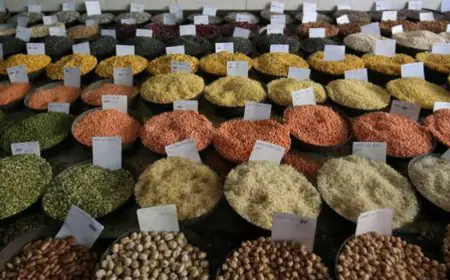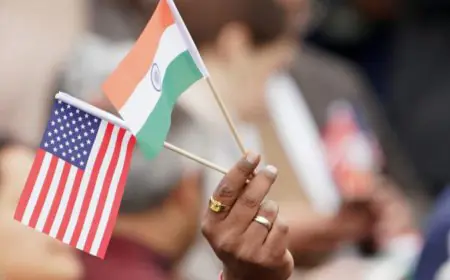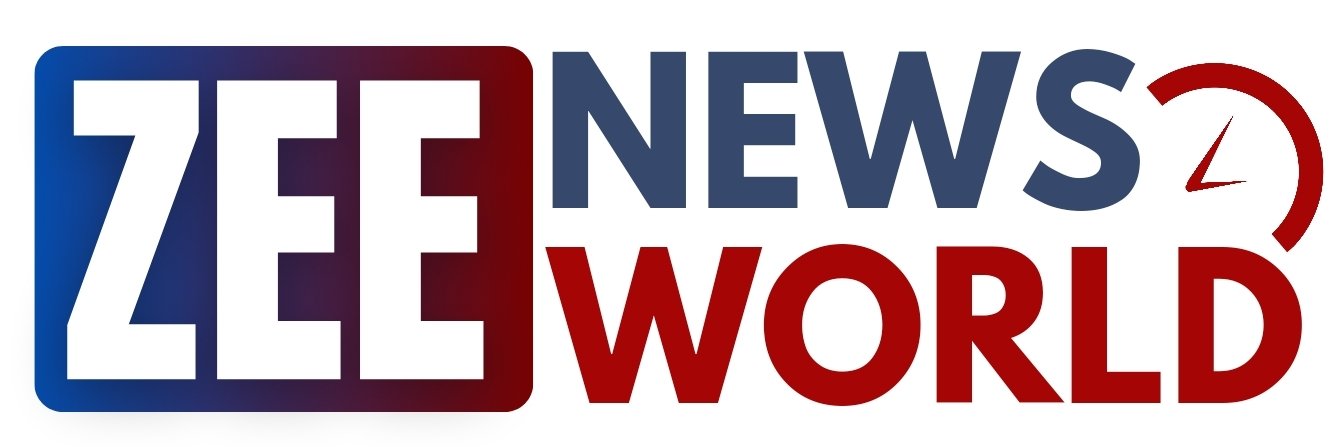Sharad Navratri 2024: 5 Foods You Didn't Know Can Be Had For Navratri Fasting
Sharad Navratri 2024: Make your fasting diet interesting by adding these unexpected vrat-friendly foods.

As Sharad Navratri 2024 is approaching, devotees all over the country are planning their nine days of fasting diet. These days of fasting are regarded as highly auspicious, culminating in the grand celebration of Dussehra festival. If you're observing these fasts, you're likely aware of some common vrat (fasting) foods, like kuttu atta, singhara atta, sendha namak, makhana and sabudana. But did you know that there are other foods you can include in your fasting diet while adhering to the general fasting rules? Here are five surprising additions you can make to your Navratri fasting diet and enjoy healthy and delicious meals every day.
Also Read: Sharad Navratri: 10 Essential Ingredients You Must Stock In Pantry For Navratri
Here Are 5 Surprising Fasting Foods You Can Add To Sharad Navratri Diet:
1. Quinoa
Quinoa, often mistaken for a grain, is actually a gluten-free edible seed that belongs to the same family as amaranth. While it's native to South America, it's now grown and readily available in India. This nutritional powerhouse can be a fantastic substitute for rice during your fasting days. |
Why Quinoa?
Rich in protein: Quinoa is prized for its protein content, making it a smart choice to keep you satiated during your fast.
Versatile: You can whip up a satisfying one-pot meal with quinoa, sweet potatoes, coconut, and nuts, experimenting with different flavours and textures.
|Nutrient-packed: Quinoa is a good source of essential vitamins and minerals, offering a nutritional boost to your fasting diet.
2. Himalayan Pink Salt
Navratri fasting diet usually revolves around rock salt (sendha namak). But now you have another alternative. Himalayan pink salt is often considered the purest form of salt on Earth, and some argue that it's even purer than sendha namak. This salt undergoes no industrial processes, remaining unrefined and unprocessed.
Why Himalayan Pink Salt?
Mineral-rich: Himalayan pink salt contains numerous minerals that can be beneficial for your health.
Unprocessed: Unlike common table salt, it doesn't undergo extensive refinement, preserving its natural properties.
Flavourful: It imparts a unique and subtle flavour to your dishes, enhancing their overall appeal.
3. Sweet Potatoes
Potatoes are undeniably the most popular fasting food for the Navratri fasting diet. But if you ask us, it can sometimes get boring to eat the same vrat-friendly aloo dishes in every second meal. Not anymore! Sweet potatoes are a delightful addition to your Navratri fasting menu. These starchy yet nutrient-rich tubers can be prepared in various ways, from roasting to boiling or mashing. They offer a sweet and satisfying flavour, making them another popular choice for those observing fasts.
Why Sweet Potatoes?
Nutrient-dense: Sweet potatoes are loaded with essential vitamins, minerals, and dietary fibre.
Versatile: You can use sweet potatoes in various recipes, from snacks to main courses.
Satiating: Their natural sweetness and fibre content help keep you full and curb hunger.
Also Read: Healthy Sharad Navratri 2023 Fasting: 3 Food Swaps For Guilt-Free Eating

Sweet potatoes can be used to make many yummy dishes.
Photo Credit: iStock
4. Brown Sugar
While regular sugar is permitted during Navratri fasts, it's time to consider a healthier alternative-brown sugar. Honey and jaggery are also excellent choices if you're looking for ways to keep your fasting sweet tooth satisfied without compromising on health.
Why Brown Sugar?
Less processed: Brown sugar retains some of its natural molasses content, making it a less refined option compared to white sugar.
Distinct flavour: It has a rich, caramel-like flavour that can add depth to your fasting recipes.
Nutrient retention: Brown sugar may contain small amounts of essential minerals.
5. Seeds
Flax seeds, sunflower seeds, and chia seeds are all great options to consider during your Navratri fasting. These seeds are versatile and can be sprinkled over veggies or rolled into kuttu atta, offering an extra dose of nutrition and flavour to your fasting meals.
Why Seeds?
|Nutrient-packed: Seeds are nutrient-dense, containing a range of vitamins, minerals, and healthy fats.
Easy to incorporate: You can easily include seeds in your fasting diet by adding them to dishes or consuming them as snacks.
Satiety: Seeds can help keep you full and satisfied throughout your fast, preventing unwanted hunger pangs.
Sharad Navratri 2024 fasting diet doesn't have to limit you to the same old routine. With the willingness to explore new flavours, you can enhance your Navratri fasting experience.
What's Your Reaction?











































